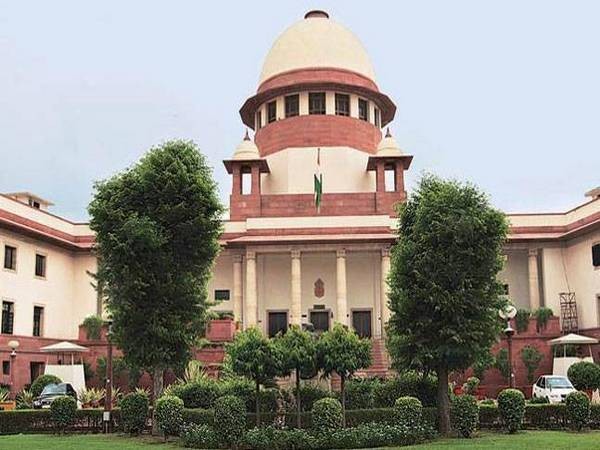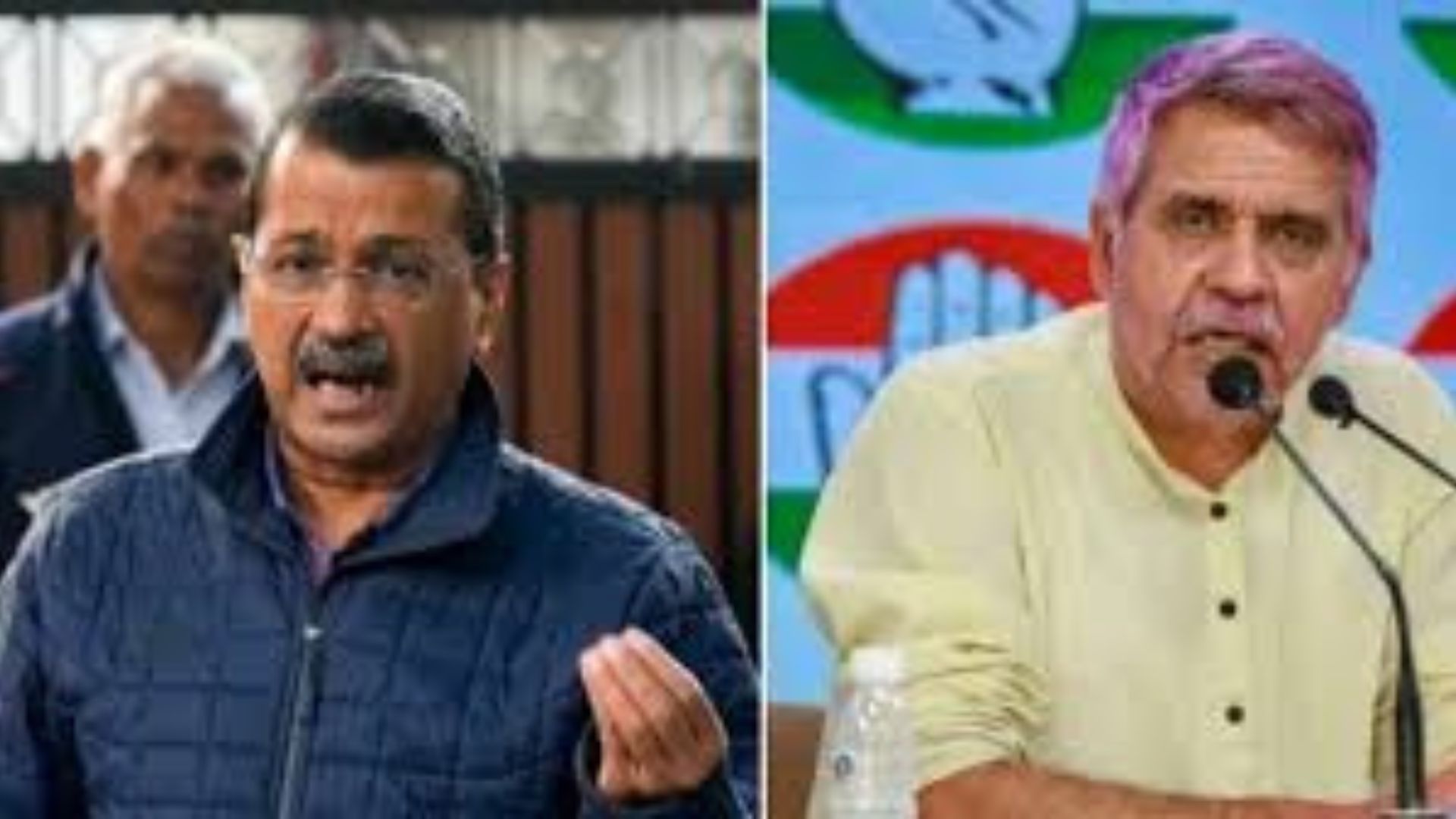While ruling on a very significant aspect of law pertaining to the type of questions to be put to eye witness, we see that the Apex Court in a most learned, laudable, landmark and latest judgment titled Chandrasekhar Patel vs Suresh & Ors in Criminal Appeal No(s). 1163/2018 With Criminal Appeal No. 1164/2018 and cited in Neutral Citation No.: 2023 INSC 1083 that was pronounced recently on November 30, 2023 in the exercise of its criminal appellate jurisdiction has minced just no words to hold in no uncertain terms that not allowing the relevant questions to be put to the eye-witness being the independent witness causes serious prejudice to the defence of the accused. We see here that the Apex Court observed so while it was deciding in a criminal appeal out of a murder case of 1996. It must be noted that the two Judge Bench comprising of Hon’ble Mr Justice Abhay S Oka and Hon’ble Mr Justice Pankaj Mithal did not mince any words to observe unequivocally that, “According to us, not allowing the relevant questions to be put to the eye witness, who is stated to be the independent witness, cause serious prejudice to the defence of the accused. It is too late in the day now to remand the case to the Trial Court for further cross-examination of the said witness because a period of 27 years has elapsed from the date of the incident.”
It merits mentioning that the Apex Court also observed that though the independent witnesses were present, even an attempt was not made to record their statements. The Apex Court thus found no difficulty to conclude ostensibly holding that, “…we have no manner of doubt that the ultimate conclusion recorded by the High Court that the guilt of the accused was not established beyond a reasonable doubt, is certainly a plausible conclusion which could have been arrived at on the basis of the evidence of the prosecution. This is our view after carefully scrutinizing the evidence of the material prosecution witnesses.” So it was but inevitable that the Apex Court dismissed the appeals and refused to interfere with the impugned judgment of acquittal.
At the very outset, this brief, brilliant, bold and balanced judgment authored by Hon’ble Mr Justice Abhay S Oka for a Bench of the Apex Court comprising of himself and Hon’ble Mr Justice Pankaj Mithal sets the ball in motion by first and foremost putting forth in para 2 that, “The incident, which is the subject matter of these Appeals, is of 6th March, 1996. There were five accused, who were prosecuted for the offence punishable under Section 302 of the Indian Penal Code, 1860 (for short, the “IPC”). One of them was also prosecuted for the offence punishable under Section 109 read with Section 302 of the IPC. The offence alleged was of committing the murder of one Siddhnath Patel.”
As it turned out, the Bench discloses in para 3 that, “In an appeal preferred by the convicted accused, the High Court passed an order of acquittal, which is challenged by way of these two Appeals before us. Criminal Appeal No.1163/2018 is preferred by the son (Chandrasekhar Patel) of the deceased, who is PW-2, and the other Appeal (Criminal Appeal No.1164/2018) is preferred by the State.”
To put things in perspective, the Bench envisages in para 7 that, “After having perused the evidence of PW-1, we find that during the cross-examination of the witness, the Trial Court has disallowed several questions. The presence of PW-1 at the site was attributed to the case made out by him in the examination-in-chief that he had acquired a land on rent in the village. In the cross-examination, he could not tell the khasra number of the land and the precise area of the land as well as the names of the other account-holders. In that context, some questions were attempted to be asked, which were disallowed by the Trial Court. The disallowed questions were whether the field was irrigated or not irrigated; from which place he purchased fertilizers; and whether the money received by selling soyabean and wheat was deposited in his bank account. These questions were asked as the witness in paragraph 24 of the cross-examination, after he expressed his inability to mention khasra number of the land and other particulars, claimed that he was taking the crop of soyabean and wheat. In the cross-examination, he accepted that he was a body builder and he had received championship award at the University on two occasions. In this context, a question was asked during the cross-examination when the second stab injury was caused, whether he attempted to help the deceased. Even this question was disallowed.”
Do note, the Bench notes in para 8 that, “The claim of the witness was that he saw the incident while he was slowly proceeding on a moped. When the incident happened, he got up from the moped and saw the incident. Therefore, a question was put to him whether houses were situated where he stood. Even this question was not permitted to be asked.”
Further, we need to also note that the Bench notes in para 9 that, “After having carefully perused the cross-examination of PW-1, we are of the view that several material questions, which were very relevant, were not allowed to be put to the witness. This will certainly cause prejudice to the accused. These questions were put with the object of showing that the version of the witness was not truthful. The questions were put with the object of proving that the prosecution case was doubtful.”
It cannot be lost sight of that the Bench observes in para 10 that, “Interestingly, PW-2, PW-3 and PW-5, who were alleged to be the eye-witnesses, did not depose before the Court about the presence of PW-1 near the scene of the offence. PW-2 deposed that on the date of the incident, his father had used Hero Honda motorcycle for reaching the spot where the incident took place. The Police have not traced and recovered the said vehicle.
It has come on record in the testimony of PW-2 that there one Govind was an eye-witness, who has not been examined as a witness.”
Furthermore, the Bench points out in para 13 that, “According to the case of PW-3, after seeing the incident, she went back to her house and narrated the incident to her husband (PW-4). Thereafter, her husband went to the house of the deceased and made a phone call from there. It is borne out from the record that though a phone call was made by PW-4 informing that the deceased was murdered, he did not disclose to the Police the names of the assailants. According to the version of PW-3, she had disclosed the names of the assailants to PW-4. The statements made by PW-3 in paragraph 12 create a serious doubt whether she had really seen the incident. According to her, when she heard the shouts, her son, whose age was about 25 years then, was present. Nothing has been brought on record to show that her son came out. The son’s statement was not recorded by the Police. There is a serious doubt whether PW-3 had seen the incident.”
It cannot be glossed over that the Bench observes in para 14 that, “We have perused the evidence of PW-4. He has simply stated in examination-in-chief that he informed the Police through phone about the incident. He has not named the person to whom he gave the information, though it is recorded in the record of the Police Station. PW-4 is not an eye-witness. He is the one who claims that after his wife (PW-3) disclosed the incident to him, he reported the same to the Police on phone. As far as PW-5 is concerned, he has not deposed about the presence of PW-1 at the site.”
It simply cannot be ignored that the Bench notes in para 15 that, “Moreover, it is brought on record that there were houses around the place where the incident took place and the prayers were going on in the nearby Hanuman temple, a place close to the place of the incident. The Police have not made any attempt to record the statements of the other alleged eye-witnesses.”
Be it noted, the Bench notes in para 17 that, “The second submission is over-simplification of the problem. An accused has a right to cross-examine a prosecution witness. As we have already recorded that certain material questions, which were very relevant, were not allowed to be put to the witness. We cannot imagine what would have been the answers given by the witness had those questions been allowed to be asked. If the questions would have been allowed, there was a possibility that the answers might have been relevant to discredit the other witnesses.”
Most significantly, the Bench propounds in para 18 holding that, “According to us, not allowing the relevant questions to be put to the eye-witness, who is stated to be the independent witness, causes serious prejudice to the defence of the accused.
It is too late in the day now to remand the case to the Trial Court for further cross-examination of the said witness because a period of 27 years has elapsed from the date of the incident.”
It is worth noting that the Bench notes in para 19 that, “Even if we ignore the evidence of PW-1 and take into consideration the evidence of PW-2 to PW-5, we find that there are several doubts created which raise a question mark about the truthfulness of their version. This is coupled with the fact that though the independent witnesses were present, even an attempt was not made to record their statements.”
As a corollary, the Bench then expounds in para 20 that, “Therefore, we have no manner of doubt that the ultimate conclusion recorded by the High Court that the guilt of the accused was not established beyond a reasonable doubt, is certainly a plausible conclusion which could have been arrived at on the basis of the evidence of the prosecution. This is our view after carefully scrutinizing the evidence of the material prosecution witnesses.”
Finally and resultantly, we thus see that the Bench directs in para 21 holding that, “Therefore, no interference is called for with the impugned judgment of acquittal. The Appeals are, accordingly, dismissed.”
In summation, we thus see that the Apex Court very rationally refuses to interfere with the impugned judgment of acquittal and dismisses the appeal. It is very rightly pointed out by the top court that not allowing the relevant questions to be put to the eye-witness definitely causes serious prejudice to the defence of the accused. There can be just no denying it!







